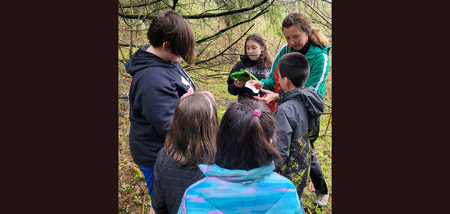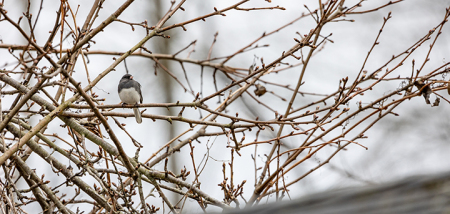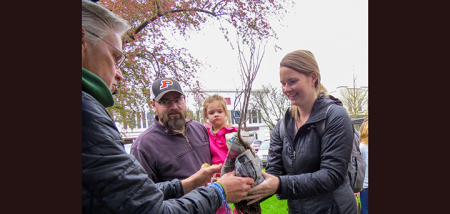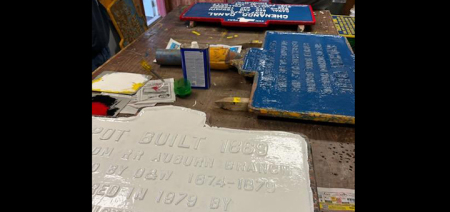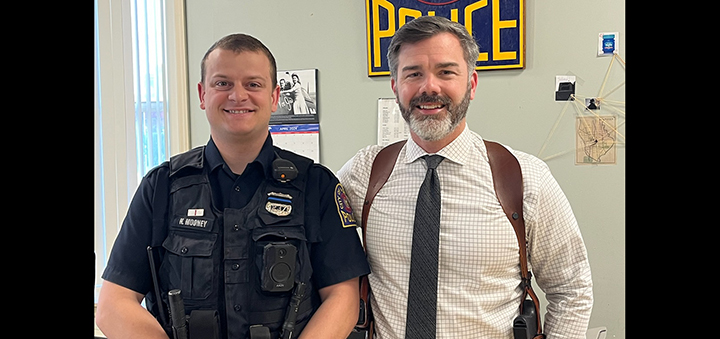Sorting Through The Sands Of Time
Published:
March 25th, 2016
By:
Josh Sheldon
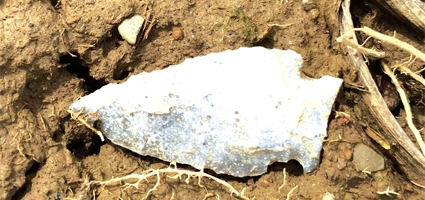
By Josh Sheldon
Outdoors Writer
Human life is just a blink of an eye in comparison to the aging of stone. There are stories to be told by rocks if you learn to listen and see how they have been altered.
The signs of ancient life are all around us and anyone interested enough to learn about it are in the best place they could possibly be. Archaeology is the scientific study of ancient people through many different means of excavation and analysis. A lot more can be learned from a single piece of the past than most people realize.
Every artifact holds a story that can be unlocked and with a little research, you can allow them to tell theirs. To the trained eye, pieces of the past are easily recognizable from regular everyday rocks. Documentation is the web that ties your artifact into context. When, where, what, why and who, can all be answered by a little research, which has been made easier by computers and artifact hunting groups. To say I’m addicted would be an understatement and what I will go through to get my hands on a piece of the past to study is likely beyond that of the most diehard head hunters.
My story starts in Virginia at the excavation site of a new school to be built. I was around 11 years old and knew about artifacts, but had never found any. While all of us kids were outside playing at recess, I was walking in the dirt looking for an arrowhead. Little did I know the addiction I was about to foster. Most of the points around there were made of quartz, so I was looking for the shine. A glint caught my eye and when I finally focused on it, I was in complete shock. Instead of a little arrowhead I found a nearly four inch knife blade or spearhead. I distinctly remember picking it up and wiping the dirt off and when I fully realized what I had found, I jumped in the air hooting and hollering as I still do today. A single artifact lit a fire in me, which is still insatiable to this day. The only way to feed it is another day of artifact hunting and another hand full of study subjects.
Most people who don’t study artifacts would be surprised by how much you can learn from them. Digging while you’re documenting can produce a mountain of information, while digging and not recording data does the exact opposite. If you choose to dig and not record data, you have made the decision to destroy a precious part of our human past. Once an artifact is removed from its resting place, you can’t go back and study it. The soil it’s contained in, the depth it occurred, and its relationship with other items found with it, all play a big role in aging the item and learning which people made it. For this reason, many like me choose to surface hunt more often than digging. Surface hunting still gives you information, but it will be more limited, because the artifacts have been moved. Whether by a plow or water, items that have moved are much more acceptable to collect. You still should take some care with documentation and transportation of the items, as they are older than you may believe and you don’t want to drop and break a point that has set unharmed in the ground for thousands of years.
Surface hunting can be broken down into two categories. The first category is field hunting, which consists mostly of plowed or farm-worked areas. The second would be river and creek walking. I recommend making a site map of every place you look. It’s best to have a map ready before you show up at the site, that way you are able to number and document your finds on it. This will help you find core inhabited areas and will also provide valuable site information, especially if the object is in situ and eroding from the bank. Artifacts that are still in context should be treated as dug items and all information, soil or carbon samples should be retrieved, as to study the item in the future. New technologies, such as residue analysis in pottery, are now able to not only date pots, but find what was being processed or cooked in them. For this reason, I highly recommend heavily documenting your finds.
We are at the cutting edge of communication and it’s easier than ever to study your finds. Facebook groups such as Artifact Addictions and the PA. Rocks Artifact Groups are great sources of information. You simply post an artifact and ask what it is, what it’s made of, or how old it is, and in no time you have the answers you were looking for. There are many amateurs out there that may as well be professionals. Their years of study and research do add up to something, which can be valuable to the newcomer. Sometimes finding out the story to an item is much more fun than the hunt for it in the first place.
Good wishes and remember to tread lightly on our past.
Author: Josh Sheldon - More From This Author
Comments
